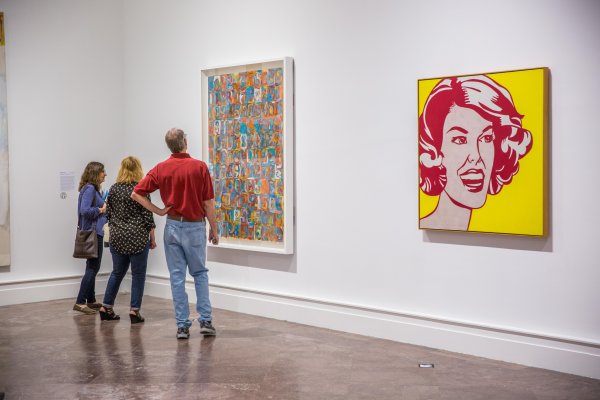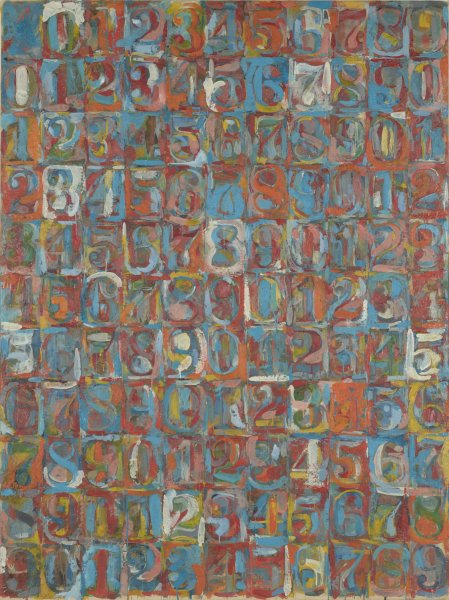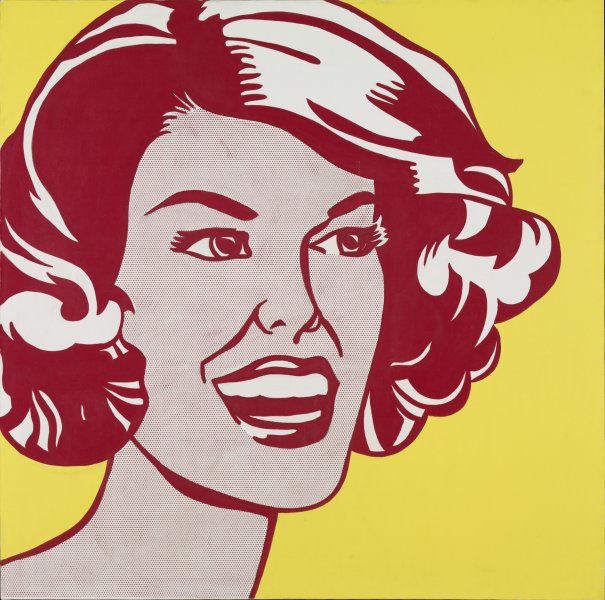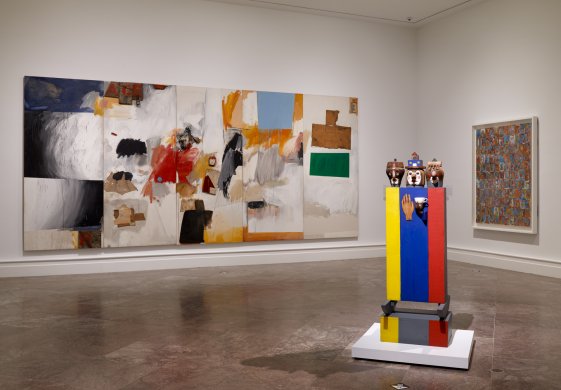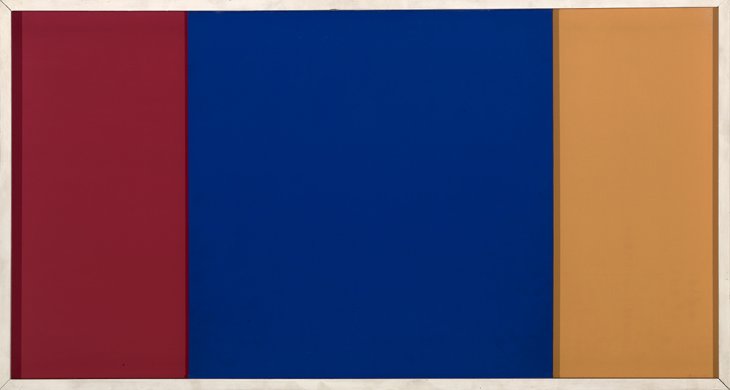Alongside future favorites, like Marisol's Tea for Three, 1960 (which recently entered the museum's collection as part of the artist's bequest to the Albright-Knox), Giant Steps: Artists and the 1960s includes some of the mainstays of the Albright-Knox's collection, like Jasper Johns's Numbers in Color, 1958–59, and Roy Lichtenstein's Head—Red and Yellow, 1962.
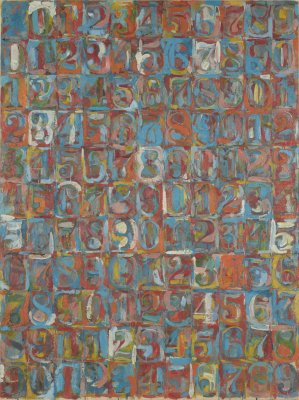
Jasper Johns (American, born 1930). Numbers in Color, 1958–59. Encaustic and newspaper on canvas, 66 1/2 x 49 1/2 inches (168.9 x 125.7 cm). Collection Albright-Knox Art Gallery, Buffalo, New York; Gift of Seymour H. Knox, Jr., 1959 (K1959:10). © Jasper Johns / Licensed by VAGA at Artists Rights Society (ARS), NY
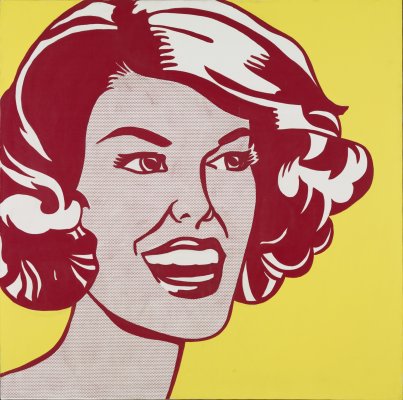
Roy Lichtenstein (American, 1923–1997). Head—Red and Yellow, 1962. Oil on canvas, 48 x 48 inches (121.9 x 121.9 cm). Collection Albright-Knox Art Gallery, Buffalo, New York; Gift of Seymour H. Knox, Jr., 1962 (K1962:15). © Estate of Roy Lichtenstein
Beginning in the 1960s, Johns, Lichtenstein, and their Pop art–peers began incorporating everyday objects and images—numbers (in the case of Johns), advertisements (in the case of Lichtenstein), brand logos, household products, and more—into their compositions, radically upending conventions around "fine art"-appropriate subjects and techniques. For Johns, taking on everyday subjects allows viewers to focus on other aspects of the work, such as the pieces of newspaper embedded in the wax-based encaustic paint he used for Numbers in Color. In Head—Red and Yellow, Lichtenstein not only appropriated the imagery of a newspaper advertisement but also mimicked the dots of the Benday process used to print newspapers and pulp comic books of the era.
